Suryoday Basak
mmWave-Whisper: Phone Call Eavesdropping and Transcription Using Millimeter-Wave Radar
Oct 22, 2024



Abstract:This paper introduces mmWave-Whisper, a system that demonstrates the feasibility of full-corpus automated speech recognition (ASR) on phone calls eavesdropped remotely using off-the-shelf frequency modulated continuous wave (FMCW) millimeter-wave radars. Operating in the 77-81 GHz range, mmWave-Whisper captures earpiece vibrations from smartphones, converts them into audio, and processes the audio to produce speech transcriptions automatically. Unlike previous work that focused on loudspeakers or limited vocabulary, this is the first work to perform such a speech recognition by handling large vocabulary and full sentences on earpiece vibrations from smartphones. This approach expands the potential of radar-audio eavesdropping. mmWave-Whisper addresses challenges such as the lack of large scale training datasets, low SNR, and limited frequency information in radar data through a systematic pipeline designed to leverage synthetic training data, domain adaptation, and inference by incorporating OpenAI's Whisper automatic speech recognition model. The system achieves a word accuracy rate of 44.74% and a character accuracy rate of 62.52% over a range of 25 cm to 125 cm. The paper highlights emerging misuse modalities of AI as the technology evolves rapidly.
Flexible numerical optimization with ensmallen
Mar 23, 2020



Abstract:This report provides an introduction to the ensmallen numerical optimization library, as well as a deep dive into the technical details of how it works. The library provides a fast and flexible C++ framework for mathematical optimization of arbitrary user-supplied functions. A large set of pre-built optimizers is provided, including many variants of Stochastic Gradient Descent and Quasi-Newton optimizers. Several types of objective functions are supported, including differentiable, separable, constrained, and categorical objective functions. Implementation of a new optimizer requires only one method, while a new objective function requires typically only one or two C++ methods. Through internal use of C++ template metaprogramming, ensmallen provides support for arbitrary user-supplied callbacks and automatic inference of unsupplied methods without any runtime overhead. Empirical comparisons show that ensmallen outperforms other optimization frameworks (such as Julia and SciPy), sometimes by large margins. The library is available at https://ensmallen.org and is distributed under the permissive BSD license.
SBAF: A New Activation Function for Artificial Neural Net based Habitability Classification
Jun 06, 2018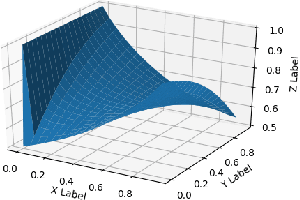
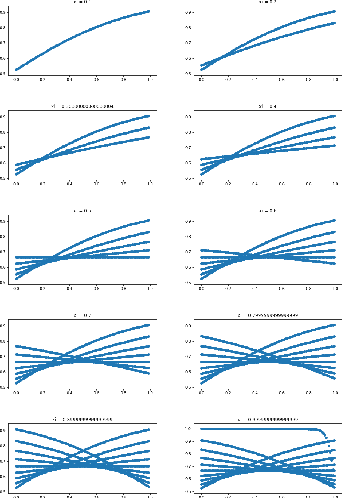
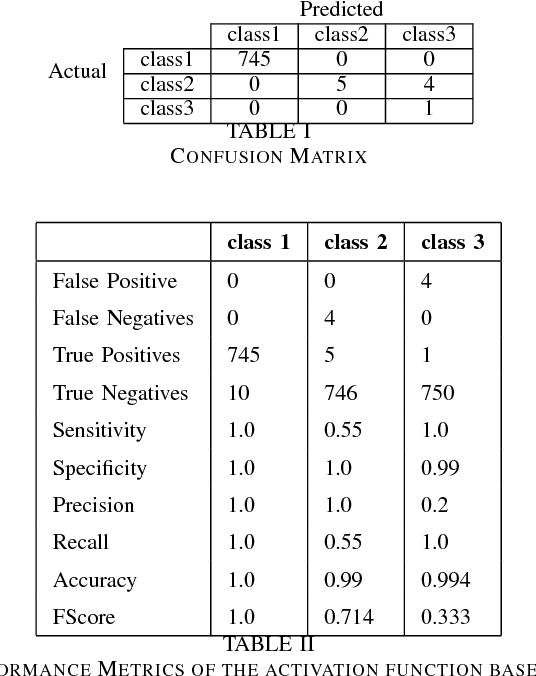
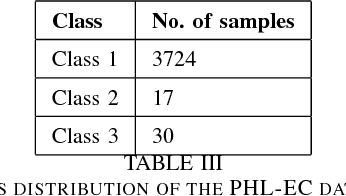
Abstract:We explore the efficacy of using a novel activation function in Artificial Neural Networks (ANN) in characterizing exoplanets into different classes. We call this Saha-Bora Activation Function (SBAF) as the motivation is derived from long standing understanding of using advanced calculus in modeling habitability score of Exoplanets. The function is demonstrated to possess nice analytical properties and doesn't seem to suffer from local oscillation problems. The manuscript presents the analytical properties of the activation function and the architecture implemented on the function. Keywords: Astroinformatics, Machine Learning, Exoplanets, ANN, Activation Function.
Machine Learning in Astronomy: A Case Study in Quasar-Star Classification
Apr 13, 2018

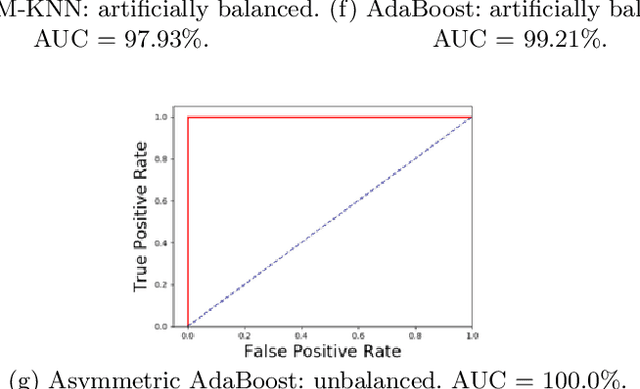

Abstract:We present the results of various automated classification methods, based on machine learning (ML), of objects from data releases 6 and 7 (DR6 and DR7) of the Sloan Digital Sky Survey (SDSS), primarily distinguishing stars from quasars. We provide a careful scrutiny of approaches available in the literature and have highlighted the pitfalls in those approaches based on the nature of data used for the study. The aim is to investigate the appropriateness of the application of certain ML methods. The manuscript argues convincingly in favor of the efficacy of asymmetric AdaBoost to classify photometric data. The paper presents a critical review of existing study and puts forward an application of asymmetric AdaBoost, as an offspring of that exercise.
 Add to Chrome
Add to Chrome Add to Firefox
Add to Firefox Add to Edge
Add to Edge